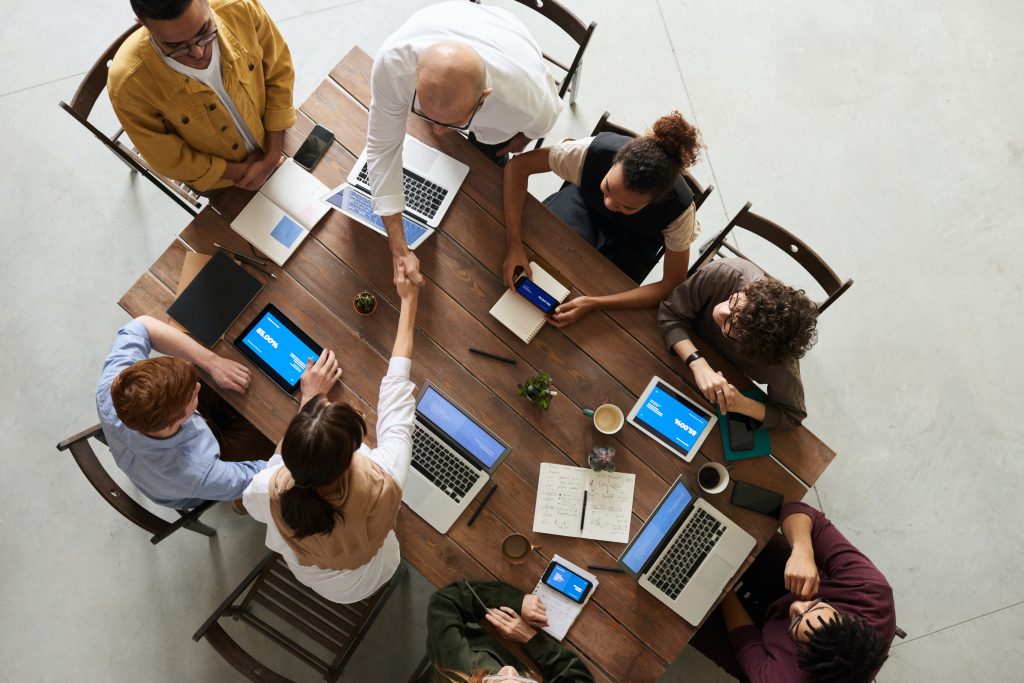How Do Corporate Culture Audits Prevent Workplace Crises?

High turnover, legal problems, and reputation damage to a business can all follow from a toxic corporate culture. Companies who ignore workplace culture run long-term losses in the competitive corporate environment. Before they become crises, a proactive corporate culture audit can find problems. These audits give companies vital new perspectives on employee satisfaction, communication, and […]
Mitigating Insider Threats: Corporate Investigations as a Defense Strategy

In today’s world, companies face many risks. One of the biggest risks comes from within the company itself. These are called insider threats, and when employees or other trusted people inside a company do things that harm the business. These actions can be stealing secrets, damaging property, or even leaking important information. This blog will […]
Building a Robust Corporate Audit Culture: Strategies for Success

A robust corporate audit culture is fundamental to maintaining transparency, accountability, and operational efficiency. Effective auditing ensures compliance with regulatory requirements, enhances the organization’s reputation, and fosters trust among stakeholders. This article explores the strategies for building a thriving corporate audit culture, emphasizing the importance of a proactive and integrated approach to auditing. Understanding Corporate […]
What Happens When One Conducts A Corporate Culture Audit

For those of us engaged in the niche sphere of delivering corporate culture audits, it came as no surprise when Forbes announced 2022 as the year of workplace culture. Why? Because businesses everywhere are either reeling from recent challenges or learning how to thrive right on through them—and a huge part of the latter is […]
Does Your Business Need a Culture Audit? Don’t Miss These Red Flags

No matter their talent or oversight, no business owner or CEO has eyes in the back of their head. Indeed, it is often the case that corporate culture—also known as workplace culture or organisational culture—goes sour before leadership notice the slide. Big problems like employee theft, workplace bullying, sexual harassment, fraud, non-compete violations, and all […]
Improving Corporate Culture For Enhanced Retention and Employee Longevity
How much is employee burnout costing your business? In an era that sees many employees wear their weekly overtime and success metrics as badges of honor, keeping your team on an even keel has become a delicate dance. Burnout as a concept has certainly entered the collective lexicon as something that none of us want […]
7 Urgent Signs That Your Business Needs A Corporate Culture Audit

If your enterprise or organization is riddled with issues like employee theft, sexual harassment, hostility, or fraud—and internal corporate investigations aren’t throwing up a bean—then it’s pretty clear that you’re going to have to call in the corporate private investigations cavalry. But, what if if you haven’t spotted any obvious warning signs but nothing is […]
A Corporate Culture Audit Can Be the Difference Between Success and Failure in Your Business

When it comes to your business, you don’t know what you don’t know. Successful corporations are more than their bottom line, and corporations must be conscious of all their internal operations to ensure they’re getting their maximum output or profit. Leadership must be vigilant in seeking problems out in their organization to ensure there are […]
Working From Home Forces Review of Corporate Culture

Working from home used to only be a dream for some people. The COVID-19 pandemic has changed the world in many significant ways, but none so illuminating as how the workforce views capitalism and corporate culture. At the onset of the pandemic, most businesses were forced to cease onsite operations in order to comply with […]
United Way investigation concludes, complaintants feel defeated
If you follow the mission and directives of nonprofit organizations, you’ve likely heard of United Way Worldwide. According to their website, the nonprofit “advances the common good in communities across the world. Our focus is on education, income and health—the building blocks for a good quality of life.” However noble their mission statement, United Way […]